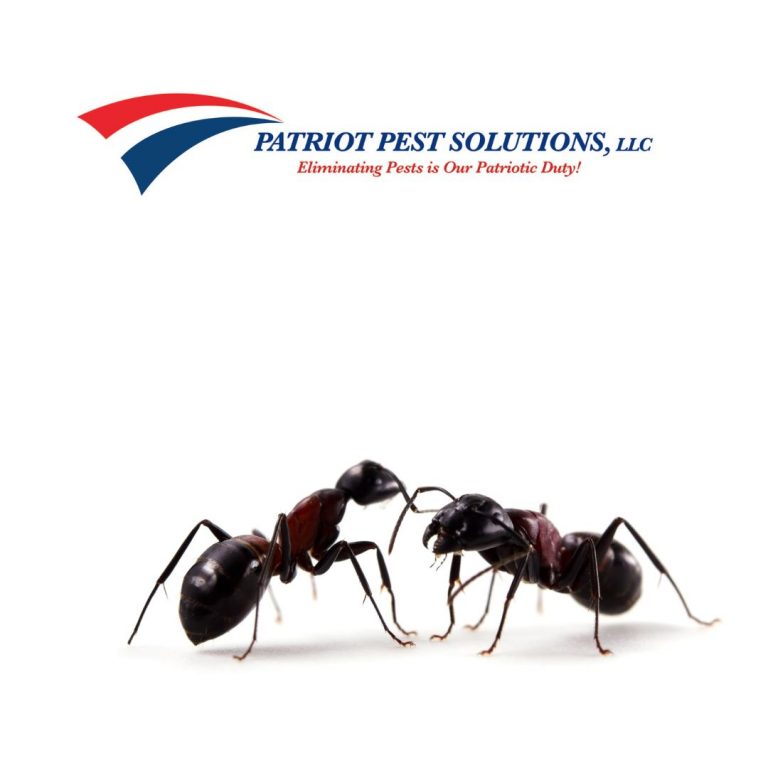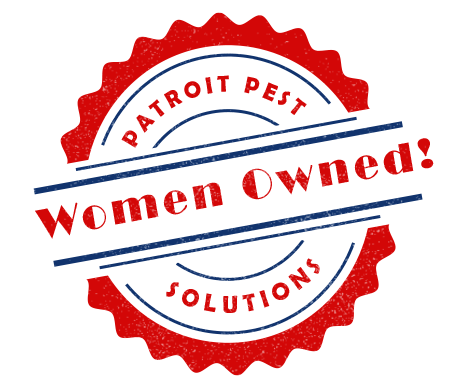Carpenter ants are a common household pest that can cause significant damage to wooden structures. Understanding their behavior, habits, and effective control measures is essential for homeowners. In this article, we will provide answers to frequently asked questions about carpenter ants. From identifying the signs of an infestation to preventing future problems, we’ve got you covered.
What are Carpenter Ants?
Carpenter ants are large ants that are known for nesting and tunneling through wood. They vary in size, with worker ants measuring between ¼ to ½ inch in length and queens growing up to 1 inch. Unlike termites, carpenter ants do not eat wood but excavate it to create galleries for nesting.
Carpenter ants prefer damp and decaying wood, making them more likely to infest structures with moisture problems. They are most active during the spring and summer months when they forage for food and establish new satellite colonies.
How Can I Identify Carpenter Ants?
Identifying carpenter ants is crucial for effective pest management. Here are some characteristics that can help you identify them:
- Size: Carpenter ants are relatively large, with workers measuring between ¼ to ½ inch in length.
- Color: They can be black, brown, or a combination of both.
- Body Features: Carpenter ants have a segmented body with a narrow, constricted waist and bent antennae.
- Winged Reproductives: Swarmers, or winged reproductives, are larger and have wings. They are typically seen during mating flights.
- Frass: Sawdust-like material called frass can often be found near their nesting sites.
What Attracts Carpenter Ants?
Carpenter ants are attracted to certain conditions and materials that provide them with suitable nesting environments and food sources. Understanding these factors can help you prevent infestations. Here’s what attracts carpenter ants:
- Moisture: Carpenter ants thrive in damp environments, so any moisture issues in and around your home can attract them.
- Wooden Structures: Carpenter ants are naturally drawn to wooden structures, including houses, decks, and fences.
- Food Sources: They are opportunistic feeders and are attracted to sugary substances, such as fruit, syrup, and honey.
- Cracks and Crevices: Small openings in walls or foundations serve as entry points for carpenter ants.
Are Carpenter Ants Dangerous?
While carpenter ants do not pose direct health risks to humans, they can cause extensive damage to property. Their excavation activities weaken wooden structures, potentially compromising the integrity of your home. If left untreated, a carpenter ant infestation can lead to costly repairs.
It’s important to note that carpenter ants can bite if they feel threatened, but their bites are typically harmless and rarely cause serious reactions. However, allergic individuals may experience more severe symptoms.
How Can I Prevent Carpenter Ant Infestations?
Preventing carpenter ant infestations is crucial to protect your home and property. Here are some preventive measures you can take:
- Eliminate Moisture: Repair any leaks or water sources that may attract carpenter ants.
- Seal Entry Points: Seal cracks, crevices, and other potential entry points with caulk or weatherstripping.
- Trim Vegetation: Keep tree branches and shrubs trimmed away from your home to minimize access points.
- Store Firewood Properly: Keep firewood elevated and away from the exterior of your house.
- Remove Food Sources: Clean up spills promptly, store food in airtight containers, and keep countertops clean.
What Should I Do If I Have Carpenter Ants?
If you suspect a carpenter ant infestation in your home, it’s essential to take swift action. Here’s what you should do:
- Identify the Nest: Locate the main nest and any satellite colonies. Look for signs of frass or sawdust-like material.
- Consult a Professional: Contact a pest control professional experienced in carpenter ant control for a thorough inspection and treatment plan.
- Eliminate Moisture Issues: Address any moisture problems in your home that may be attracting carpenter ants.
- Remove Attractants: Seal off food sources and eliminate any conditions that may be attracting carpenter ants.
- Follow Professional Recommendations: Follow the recommended treatment plan and maintenance strategies provided by the pest control professional.
Frequently Asked Questions About Carpenter Ants
- Q: Can carpenter ants cause structural damage? A: Yes, carpenter ants can cause significant structural damage by excavating wood for nesting purposes.
- Q: Are carpenter ants attracted to all types of wood? A: Carpenter ants are attracted to both moist and decaying wood, which is why they can infest various wooden structures.
- Q: How do carpenter ants enter homes? A: Carpenter ants typically enter homes through cracks, crevices, gaps in windows or doors, or by using branches that touch the exterior.
- Q: Can I get rid of carpenter ants on my own? A: While DIY methods may provide temporary relief, it is best to consult a professional for effective and long-lasting carpenter ant control.
- Q: How long does it take to eliminate a carpenter ant infestation? A: The timeline for eliminating a carpenter ant infestation can vary depending on the severity of the problem. It may take several weeks to several months.
- Q: Can I prevent future carpenter ant infestations? A: Yes, by addressing moisture issues, sealing entry points, and maintaining a clean environment, you can reduce the risk of future infestations.
Carpenter ants can be a nuisance and a threat to the structural integrity of your home. By understanding their behavior, identifying infestations, and taking proactive preventive measures, you can effectively manage carpenter ant problems. Remember to consult a professional pest control company if you need assistance in eliminating a carpenter ant infestation and follow their recommendations for long-term control.




